Harvesting Prickly Pear Fruit: When And How To Pick Prickly Pear Cactus
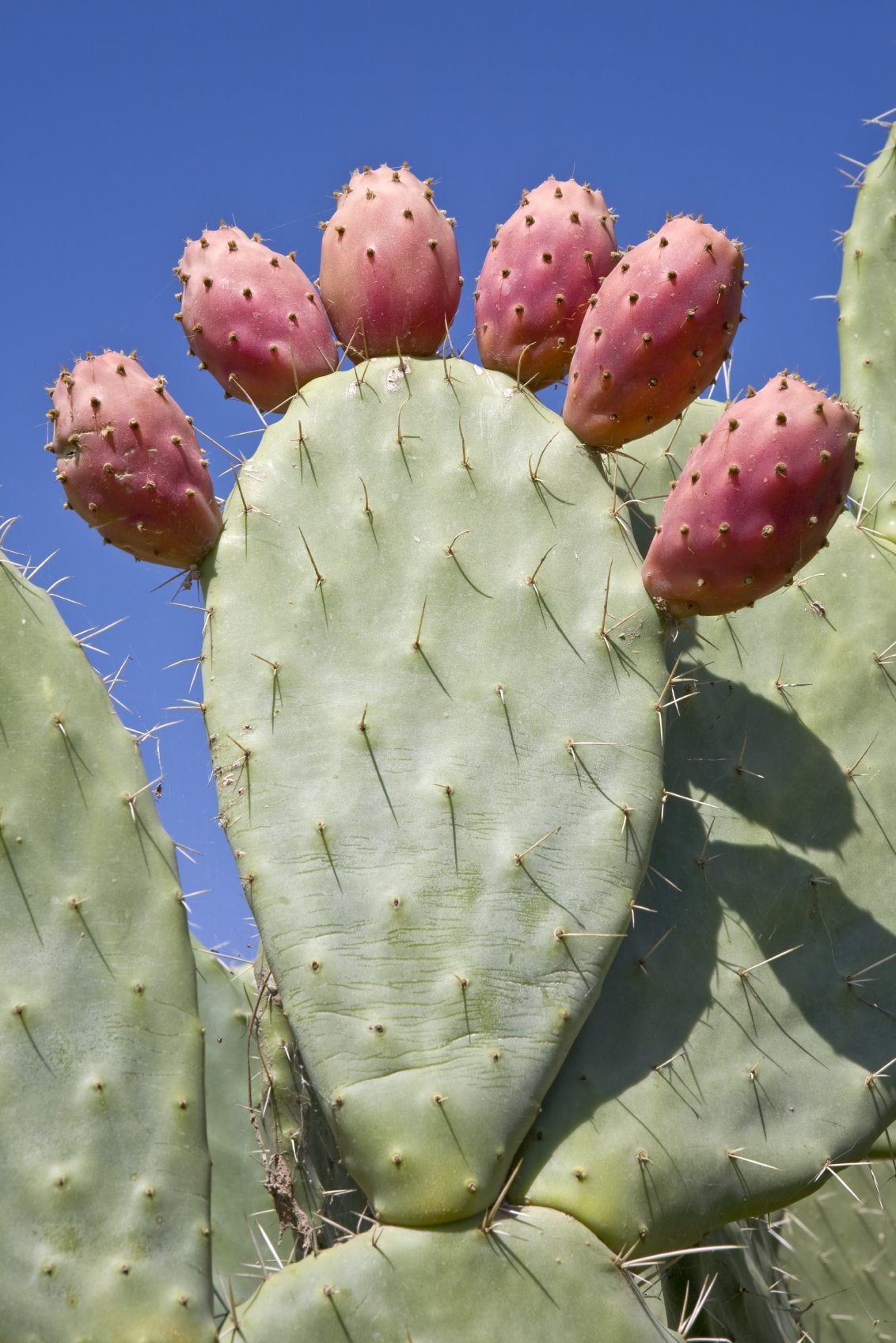

You may have seen them in your local produce market – those plump, pinkish red fruits with characteristic scars from thorns. These are heat-loving prickly pear fruit. Southern foragers can simply go out into their wild regions and pick the fruit, but when do you harvest prickly pear fruit? Foragers interested in trying the fruits for themselves should read on for a few tips on how to pick prickly pear cactus and what to do with them once you have a bountiful harvest.
When Do You Harvest Prickly Pear Fruit?
Prickly pear fruit is found in warm regions of North America, but even northern denizens can get a taste of this unique fruit in specialty markets. Prickly pear fruit is a traditional food of the indigenous population of arid, warm regions. The chubby little fruits are excellent eaten raw, stewed, canned, or prepared into preserves but first, you have to have a plant for picking prickly pear fruit. Harvesting isn't difficult, but you need to take some precautions to protect yourself from the long spines and even more insidious glochids. August is when the fat cactus pads of the prickly pear are adorned with ruby red fruits. Most expert gatherers recommend picking prickly pear fruit with a deep ruby color and no green remaining. These fruits will be the sweetest and juiciest with the best flavor and will also remove easily. You should have long sleeves and thick, leather gloves to protect yourself from the spines. The tiny, almost invisible glochids are more dangerous than the large spines. A single brush against the fruit and you may get hundreds of invisible, fine spines embedded in your skin. Bring along some duct tape just in case this happens. Use it to remove the spines and save yourself a lot of time and irritation.
How to Pick Prickly Pear Cactus
There are a couple of schools of thought on the method used for harvesting prickly pear fruit. Most foragers use a pair of tongs or something similar to simply twist off the fruits. Ripe fruit should twist off easily. Alternatively, it has been suggested that a small butane burner with a wand is the best method. Use the tool to scorch off the pear's thorns and glochids. Using a burner makes harvesting prickly pear fruit less fraught with peril, as the lack of spines renders the fruit safe to grab. Always leave a few fruits for wild animals and birds. Place fruit in a basket or bag but try not to layer them too much, crushing the bottom fruit.
Prickly Pear Fruit Harvest Storage
Fruits will store in refrigeration for a couple of days, but they are best used fresh. Store in a single layer of your crisper. If you have a bumper crop, you may choose to store them in the freezer. This will break down the fruit, but it is still useful to make juice or preserves. Frozen fruit can be mashed and strained to remove any seeds, skin, and stray thorns. The juice will go bad in just a few days so it should be used immediately or refrozen. Common uses for a good prickly pear fruit harvest might be as a syrup in desserts, fermented into a delicious vinegar, or even in tea. The juice also adds interest to many common alcoholic concoctions and enhances meats as a salsa or chutney.
Gardening tips, videos, info and more delivered right to your inbox!
Sign up for the Gardening Know How newsletter today and receive a free copy of our e-book "How to Grow Delicious Tomatoes".

Bonnie Grant is a professional landscaper with a Certification in Urban Gardening. She has been gardening and writing for 15 years. A former professional chef, she has a passion for edible landscaping.
-
 Looking For Plants To Give You The Soft And Fuzzies? Try These 5 Fuzzy Leaf Plant Options
Looking For Plants To Give You The Soft And Fuzzies? Try These 5 Fuzzy Leaf Plant OptionsLovers of texture, drama, silver foliage and tactile plants will adore these special sensory garden additions. These fuzzy leaf plant options will leave you all aglow
By Susan Albert
-
 Get Ready For A Summer Of Hummers! Grow These Full Sun Hummingbird Plants and Flowers
Get Ready For A Summer Of Hummers! Grow These Full Sun Hummingbird Plants and FlowersIf you’re lucky enough to enjoy a sunny backyard, make sure you are maxing out on your pollinator opportunities and grow these full sun hummingbird plants and flowers
By Tonya Barnett
-
 Growing Cold Hardy Eastern Prickly Pear Cactus
Growing Cold Hardy Eastern Prickly Pear CactusFor info on growing cold hardy eastern prickly pear cactus, look no further, just click here!
By Becca Badgett
-
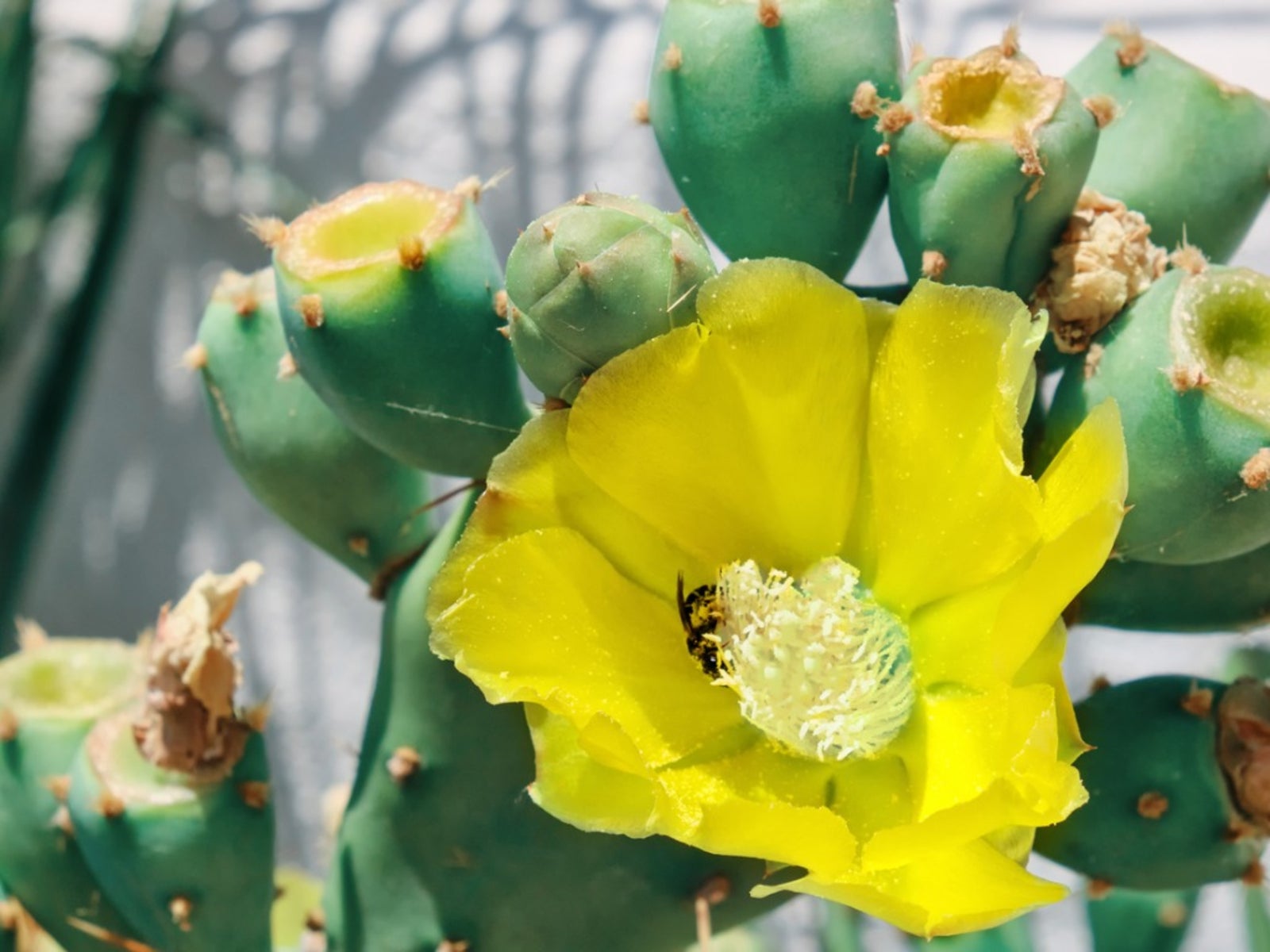 Spineless Prickly Pear Info – Tips For Growing Ellisiana Prickly Pears
Spineless Prickly Pear Info – Tips For Growing Ellisiana Prickly PearsIf you are among the many gardeners who like cactus but don’t like spines, it may be time to consider installing ellisiana cactus in your backyard, better known as spineless prickly pear. Click here for information on growing ellisiana prickly pear.
By Teo Spengler
-
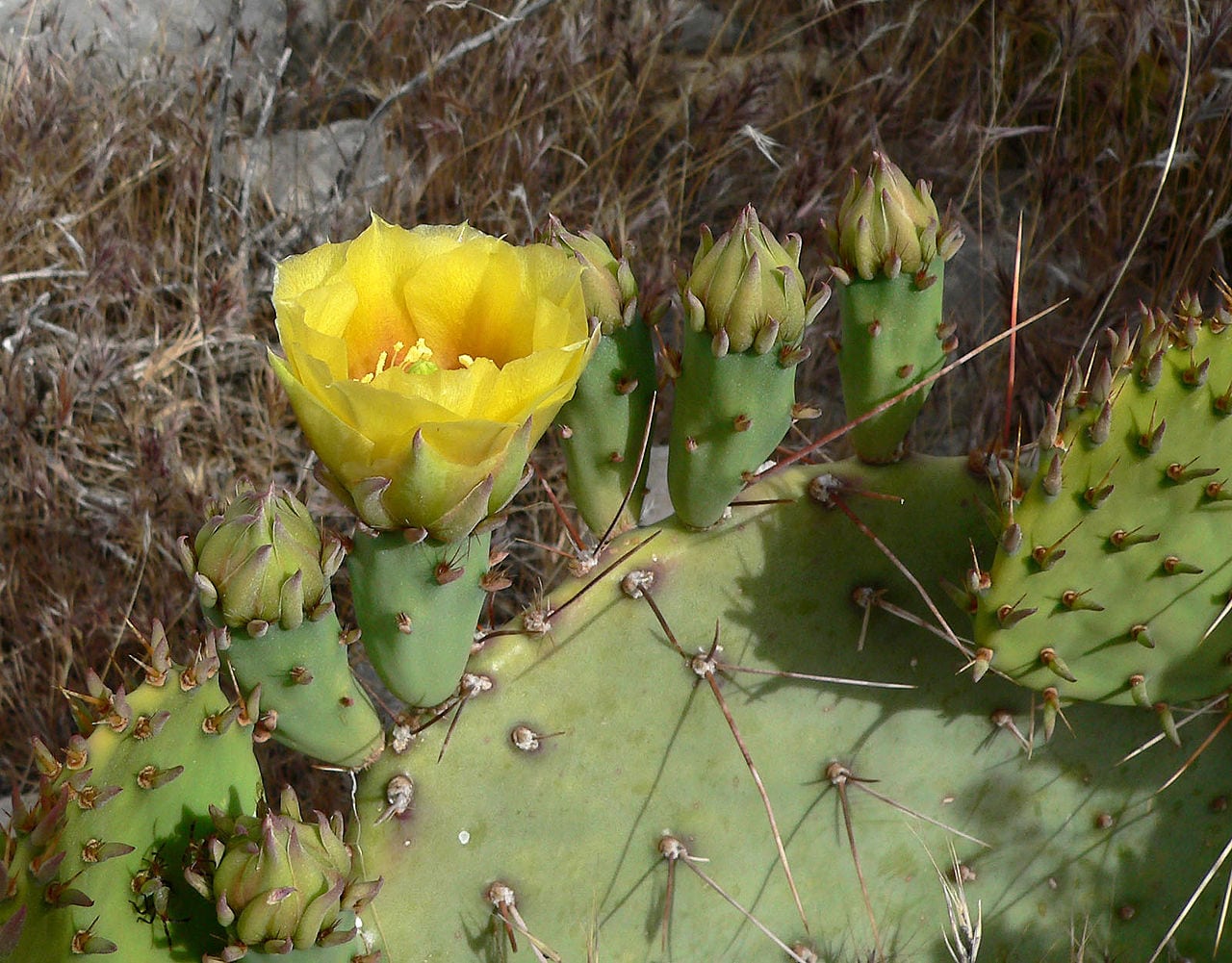 Engelmann Prickly Pear Info – Learn About Growing Cactus Apple Plants
Engelmann Prickly Pear Info – Learn About Growing Cactus Apple PlantsEngelmann prickly pear, also commonly called cactus apple plants, is a wide-ranging species of prickly pear. This is a pretty plant for desert gardens, and it will grow at a moderate rate to fill in large spaces. Learn more about it in this article.
By Mary Ellen Ellis
-
 Cow’s Tongue Plant Care: How To Grow A Prickly Pear Cow’s Tongue
Cow’s Tongue Plant Care: How To Grow A Prickly Pear Cow’s TongueFolks that live in hot climates often utilize plants that are drought tolerant. A great example is a cow’s tongue prickly pear. Besides having a fabulous tongue in cheek name, it is very tolerant of heat and dry conditions, plus it makes a great barrier. Learn more here.
By Amy Grant
-
 Beavertail Cactus Care – How To Grow A Beavertail Prickly Pear Cactus
Beavertail Cactus Care – How To Grow A Beavertail Prickly Pear CactusBeavertail prickly pear cactus is a clumping, spreading cactus with flat, grayish-green, paddle-like leaves. It glows with brilliant, rose-purple blooms in spring and early summer. Have we piqued your curiosity? Click here for more beavertail prickly pear information.
By Mary H. Dyer
-
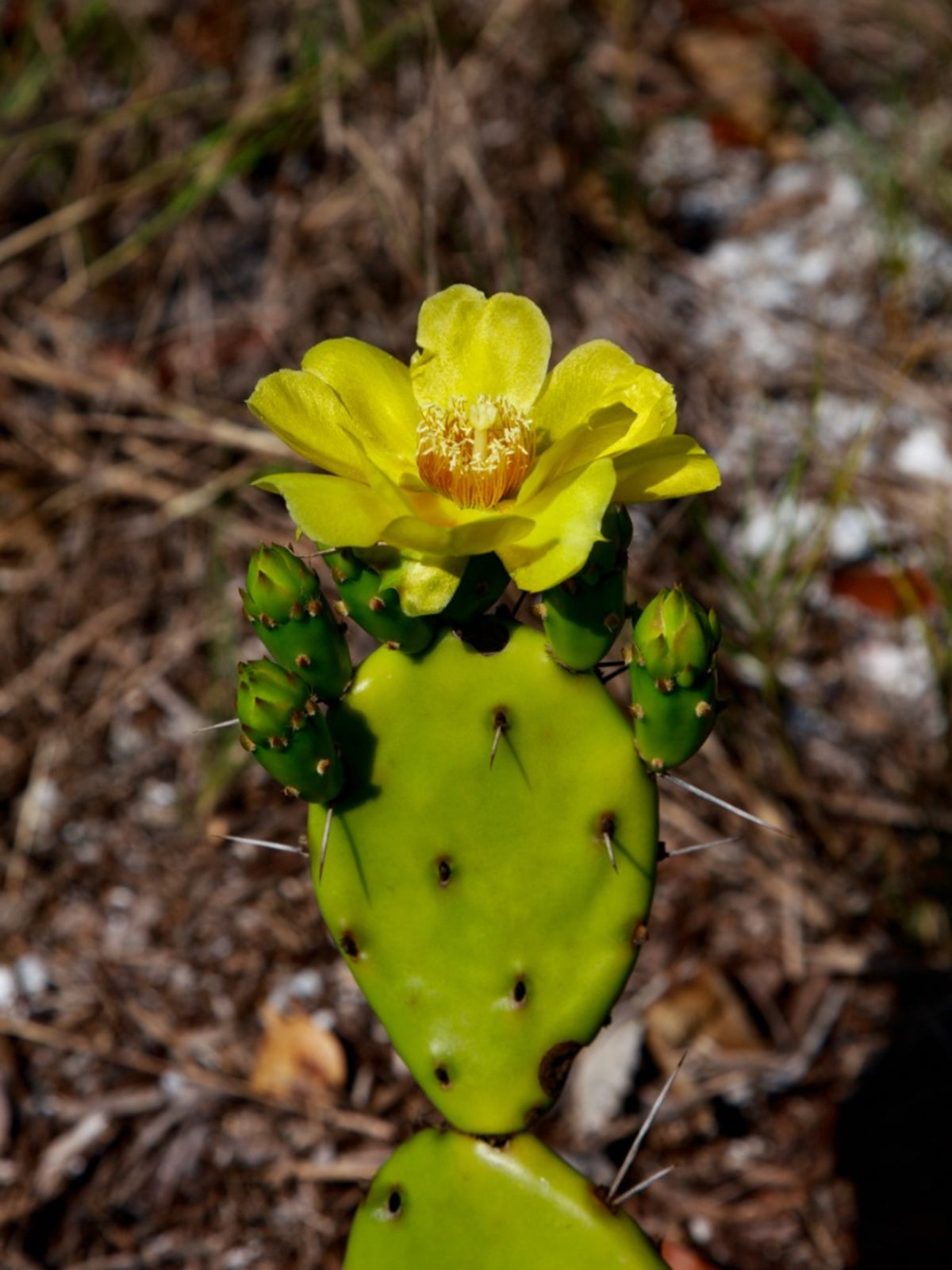 Tulip Prickly Pear Info: Guide To Growing Brown Spined Prickly Pears
Tulip Prickly Pear Info: Guide To Growing Brown Spined Prickly PearsWhat is a tulip prickly pear? This cactus is also known as brown spined prickly pear for its rust to reddish brown spines. If you live in warm, arid regions, learn how to grow brown spined prickly pear and add its unique flowers to your garden. This article will help.
By Bonnie L. Grant
-
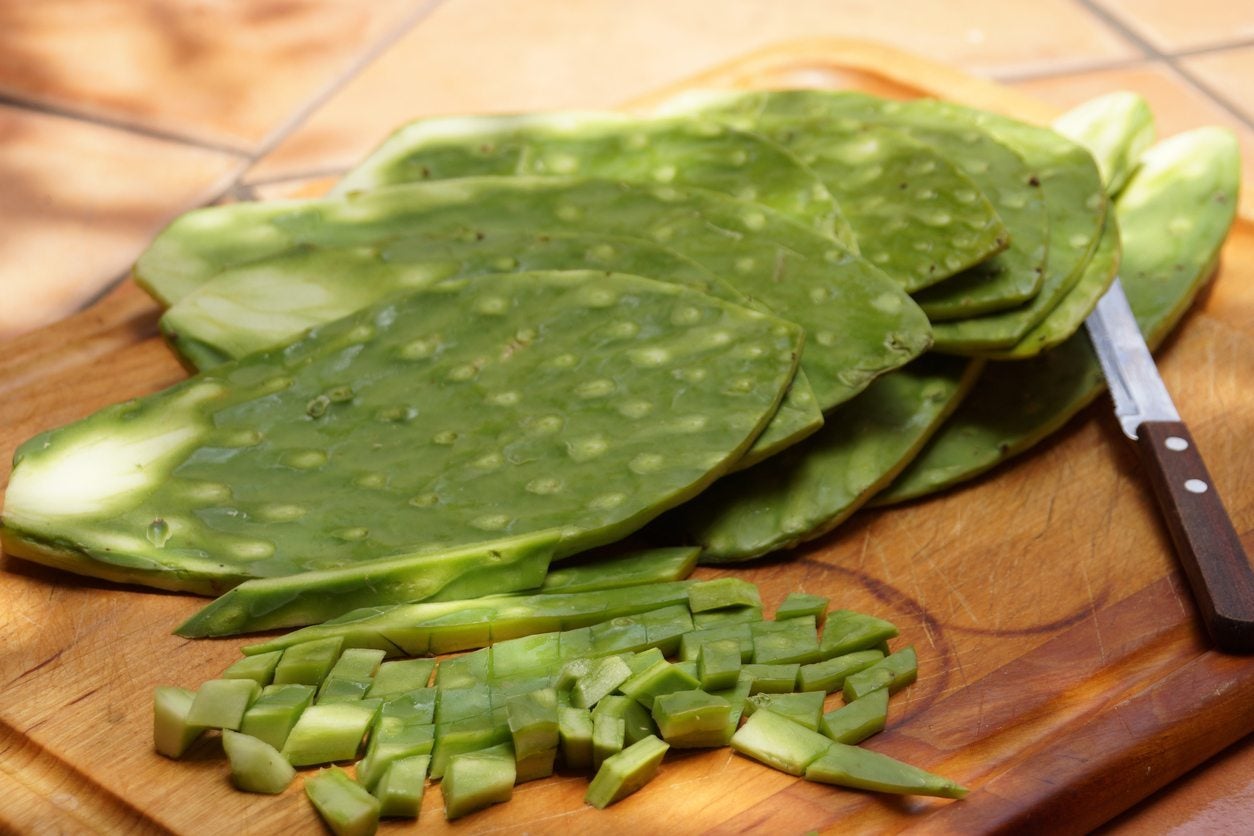 Harvesting Edible Cactus Pads – How To Pick Cactus Pads To Eat
Harvesting Edible Cactus Pads – How To Pick Cactus Pads To EatOpuntia produces several types of edibles. The fruits are delicious in jams and jellies. But can you eat cactus pads? Yes, the broad, succulent pads can be eaten raw or cooked. You just need to know how to pick cactus pads and how to prepare them. This article will help.
By Bonnie L. Grant
-
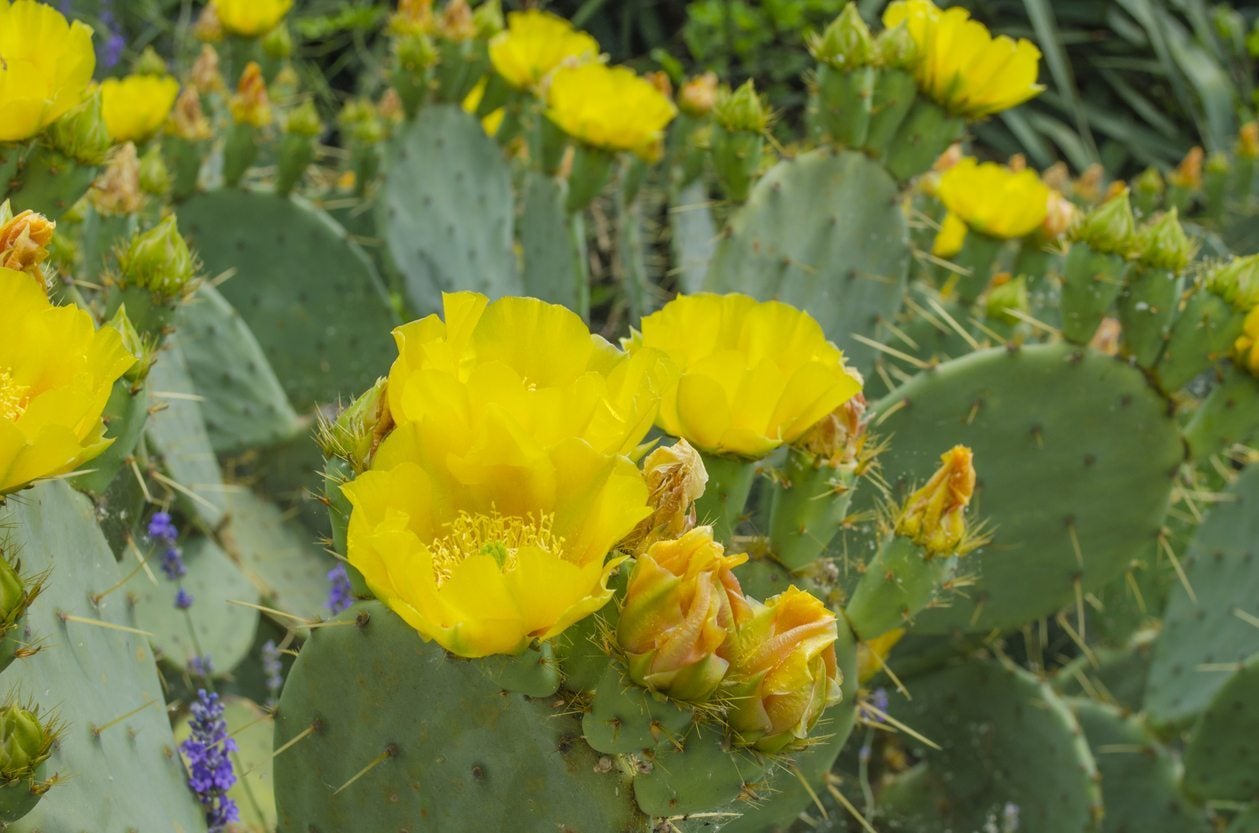 Opuntia Barbary Fig Info: How To Grow A Barbary Fig Plant
Opuntia Barbary Fig Info: How To Grow A Barbary Fig PlantOpuntia ficus-indica is more commonly known as a Barbary fig, a variety of prickly pear cactus. This desert plant has been used for centuries as food, fending, and even dye. Growing Barbary fig plants is both rewarding and useful. Learn more in this article.
By Mary Ellen Ellis